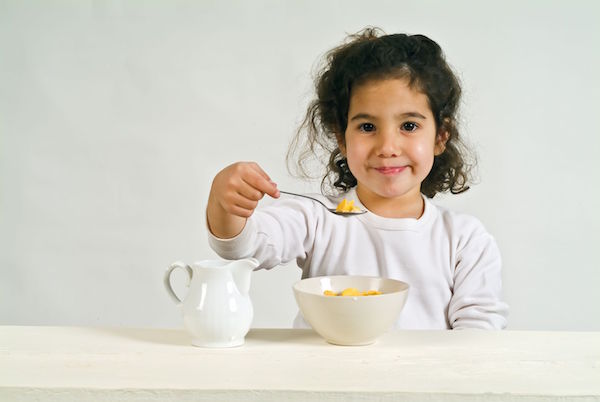
MONDAY, Aug. 12 (HealthDay News) — Inducing or helping along labor in pregnant women may raise the risk for having a child with autism, particularly if that child is a boy, a new study suggests.
Experts, including the Duke University researchers, are quick to caution that there are often overriding medical reasons to induce or augment labor that should not be ignored because of any potential risk of autism.
Inducing labor involves stimulating contractions before labor has started through various means, and augmenting labor refers to the practice of helping labor progress more quickly with oxytocin (Pitocin), a drug that stimulates contractions.
About one in 88 children born in the United States has autism, a spectrum disorder that affects behavior and the ability to communicate, according to the U.S. Centers for Disease Control and Prevention. There is no consensus on what causes autism, but several factors are thought to increase risk, including advanced maternal age and/or pregnancy complications.
In the new study, researchers looked at the birth records of more than 625,000 babies born in North Carolina between 1990 and 1998, and compared those with public school records to see who was later diagnosed with autism.
According to the researchers, 1.3 percent of boys and 0.4 percent of girls were diagnosed with autism. Specifically, boys born to moms whose labor was induced or helped along were 35 percent more likely to develop autism, compared with their counterparts. Among girls, only augmented labor was associated with an increased risk for autism. The increased risk of autism held even after researchers controlled for other factors such as the mother’s age.
The new study, published online Aug. 12 in JAMA Pediatrics, is the largest to date that looks at autism risk and factors affecting labor and delivery. The findings don’t prove that labor induction or augmentation cause autism, they just show an association. Exactly how labor induction could affect autism risk is unknown, but the drug oxytocin may play a role.
“The risk is significant, but it is not grossly significant,” said study author Simon Gregory, an associate professor of medicine and medical genetics at Duke University in Durham, N.C. He said the autism risk posed by labor induction or augmentation is similar to the risk seen with advanced maternal age.
“Autism risk is likely a cumulative effect of many genes and many environmental effects,” he noted.
The new results should not be interpreted to mean that helping labor along is a dangerous medical practice, Gregory stressed.
“In the vast majority of cases, pregnancy should be induced or augmented for cogent medical reasons, and if it isn’t, the risk to mother and child is significantly worse than risk for developing autism,” he said. “Women should understand the medical reason for induction or augmentation. This is a discussion that they need to have with their health care provider.”
Calling the new findings “hard to ignore,” Dr. Andrew Adesman, chief of developmental and behavioral pediatrics at the Steven & Alexandra Cohen Children’s Medical Center of New York, said induction or augmentation of labor appears to be associated with a modest increase in the risk of autism. “The increased risk, even if real, is relatively small and must be weighed against the proven benefits of induction or augmentation of labor in cases where there are real concerns about the acute health of the mother and unborn infant in the hours prior to delivery.”
Michael Rosanoff, associate director of public health research and scientific review at the advocacy group Autism Speaks, said much research on risk of autism focuses on the time around birth.
The new findings “warrant further research into the specific mechanism that may cause the relationship. We don’t know if it’s the drugs that bring on or speed up labor or the condition that causes labor to need help in the first place,” he said. “Autism is a puzzle, and this is another piece that we have discovered.”
More information
For more on autism, visit the U.S. Centers for Disease Control and Prevention.
Copyright © 2025 HealthDay. All rights reserved.

